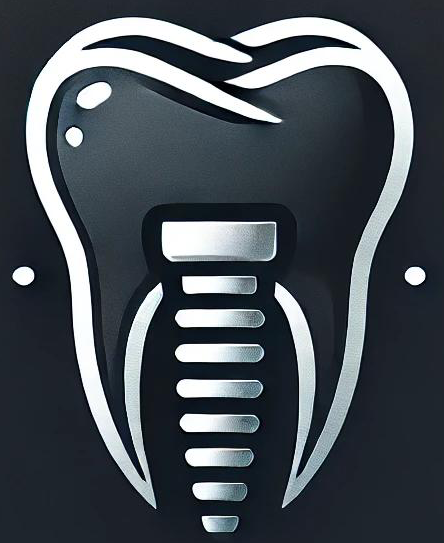
Dental Emergencies: What to Know and How to Respond
When a dental emergency occurs — whether from an accident or an underlying condition — it’s important to act quickly. Prompt care can make the difference between saving and losing a tooth, or preventing a minor issue from becoming serious. Here’s what you should know before you find yourself in a dental emergency.
Request an AppointmentTraumatic Dental Injuries
A knocked-out permanent tooth requires immediate attention. To increase the chances of saving the tooth:
- Pick it up without touching the root
- Rinse it gently with water (do not scrub)
- Try to reinsert it into the socket, facing the correct way
- Hold it in place with gentle pressure as you head to the dentist or emergency room
If reinsertion isn’t possible, store the tooth in the patient’s cheek or in a container of cold milk.
Other traumatic injuries, such as teeth that have been loosened or displaced, should be treated within six hours. For uncontrollable bleeding, go directly to the emergency room. Less severe injuries, like chipped teeth, are more common. If a tooth is chipped, try to recover the broken pieces and bring them to your dental appointment.
Tooth Pain
Persistent or severe tooth pain should never be ignored. Tooth decay is the most frequent cause and can lead to infection in the tooth and surrounding gum tissue. In some cases, a root canal may be necessary to relieve pain and save the tooth. Other causes of pain may include loose fillings or sensitivity.
To determine the exact cause and receive proper treatment, schedule an urgent dental appointment.
Gum Emergencies
Soft tissues like the gums, tongue, and cheek lining can be injured by accidents, burns, or foreign objects. They can also develop abscesses — painful infections that need immediate attention.
For soft tissue injuries:
- Rinse with diluted salt water
- Remove any visible debris
- Apply gentle pressure with a clean, damp cloth for 10–15 minutes to stop bleeding
If bleeding doesn’t stop, go to the emergency room right away.
If a foreign object is lodged under the gum line, try removing it gently with floss or a toothpick. If that fails, contact your dentist to prevent further damage or infection.
Orthodontic Emergencies
Orthodontic treatment can cause discomfort, but true emergencies are rare. These may include:
- Trauma to the teeth, mouth, or face
- Swelling or infection of the gums, face, or mouth
- Severe, unmanageable pain
For any of these situations, seek immediate care from your dentist or an emergency room.
For non-urgent issues like broken brackets or loose wires, call your dental office for guidance.
